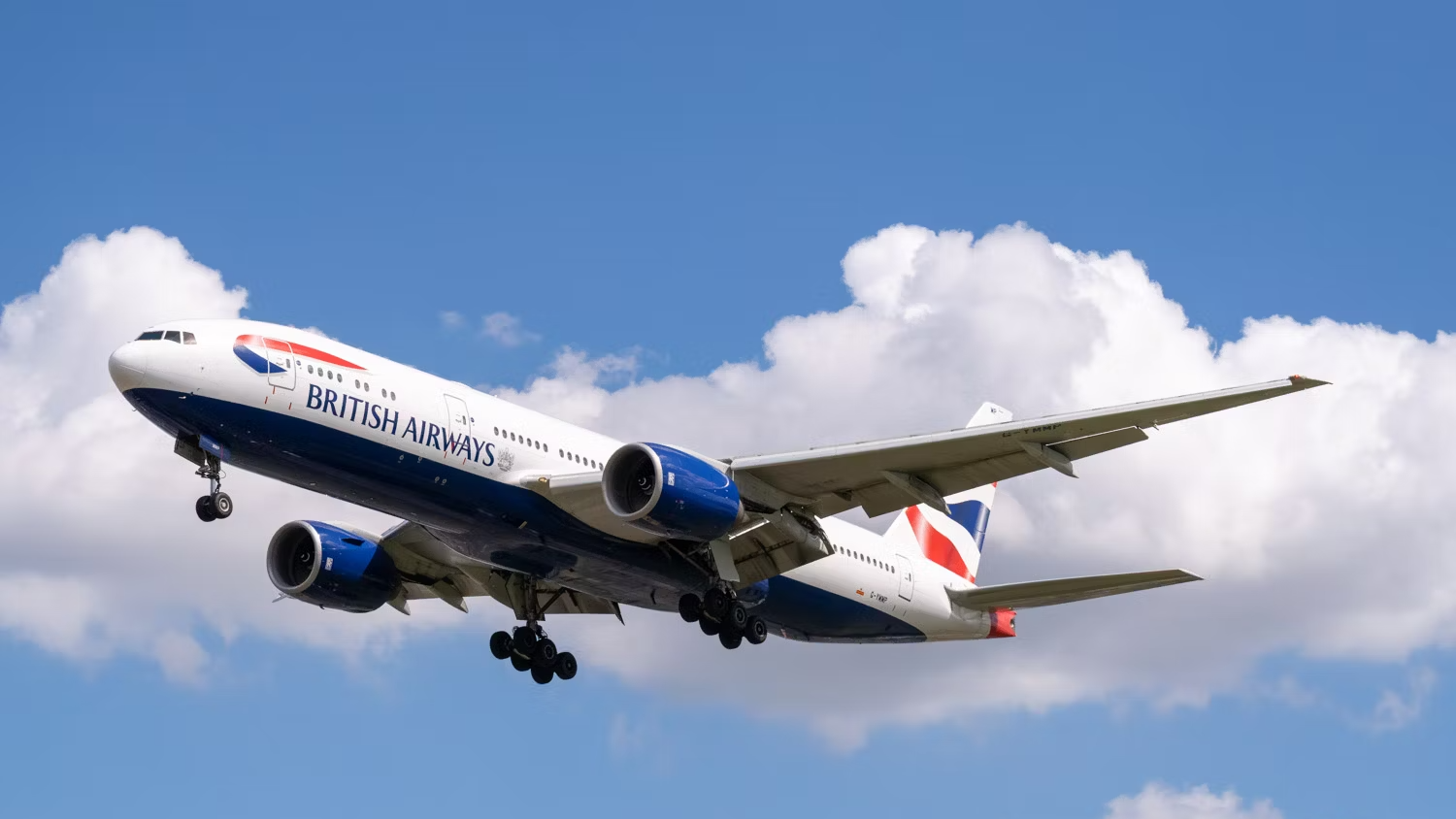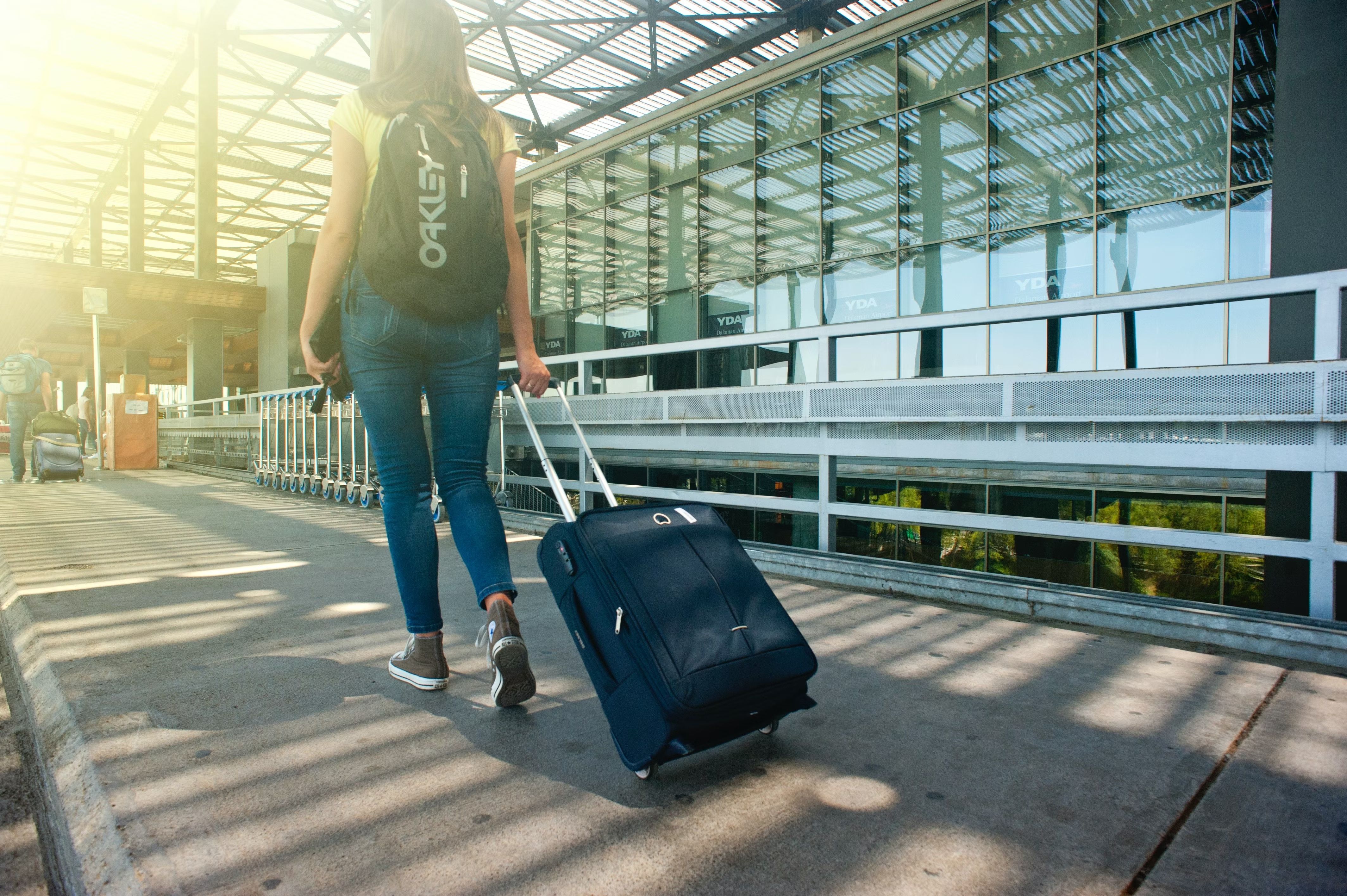Passengers are typically seen pulling laptops and other devices out of their carry-on bags as soon as the airplane hits cruising altitude. Especially on long flights, this seems to be a regular occurrence. But not all computer users utilize a portable laptop and instead use a larger desktop computer.
It would be impossible to utilize a desktop computer during the flight in general, but can you transport a desktop from one destination to another in the air? And if so, can you bring it on the plane in carry-on luggage, or must it be stowed underneath the cabin with other checked bags?
Transporting desktop computers on aircraft
Passengers are technically allowed to fly with a desktop computer in both carry-on and checked luggage. This is true for almost any airline flying in any capacity. However, the computer must still comply with carrier weight limits for baggage found online. It also must fit in the provided luggage sizes per the airline. However, many other items can be more difficult to transport than a computer.
Some computers may fit within the size limits for personal items. This is typically 9 inches by 10 inches by 17 inches. This would allow the computer tower to be placed underneath the seat in front of the passenger. However, many computers are significantly larger than small-form-factor towers or mini towers and would not fit within the size limits of a personal item. The next spot is to go in the overhead bin. This has a typical size limit of 9 inches by 14 inches by 22 inches. Many computers will fit in this area, a familiar size for a carry-on suitcase.
Per the Transportation Safety Administration (TSA), desktop computers are allowed in both carry-on bags and checked bags, but they must be removed from a carry-on bag and placed in a separate bin when going through security checkpoints. This is so the computer can be scanned separately and lines up with rules for other larger electronic devices. This is the same for other computer accessories, such as monitors, keyboards, computer parts, or computer mice, which also may need to be taken out of the carry-on bag for TSA screening.
Want answers to more key questions in aviation? Check out the rest of our guides here.
Safely transporting the computer
Although bringing a computer on a plane through checked luggage or even as a carry-on is allowed, there are safer and easier ways to accomplish the transportation. One important rule to follow when packing a computer in a suitcase is to avoid all liquids and other equipment. Ensure the liquids are wrapped, tucked away, or placed in a separate bag.
Additionally, it is essential to wrap the desktop computer either in bubble wrap or other cloth to ensure it is not moving while inside the bag. Some travelers utilize larger items to build a wall around the computer within a suitcase to ensure it stays put during travel.
Many computer manufacturers make pre-built cases that fit the exact size of their towers for easier transportation. This would be a surefire way to ensure the computer is not sliding around within the luggage.



